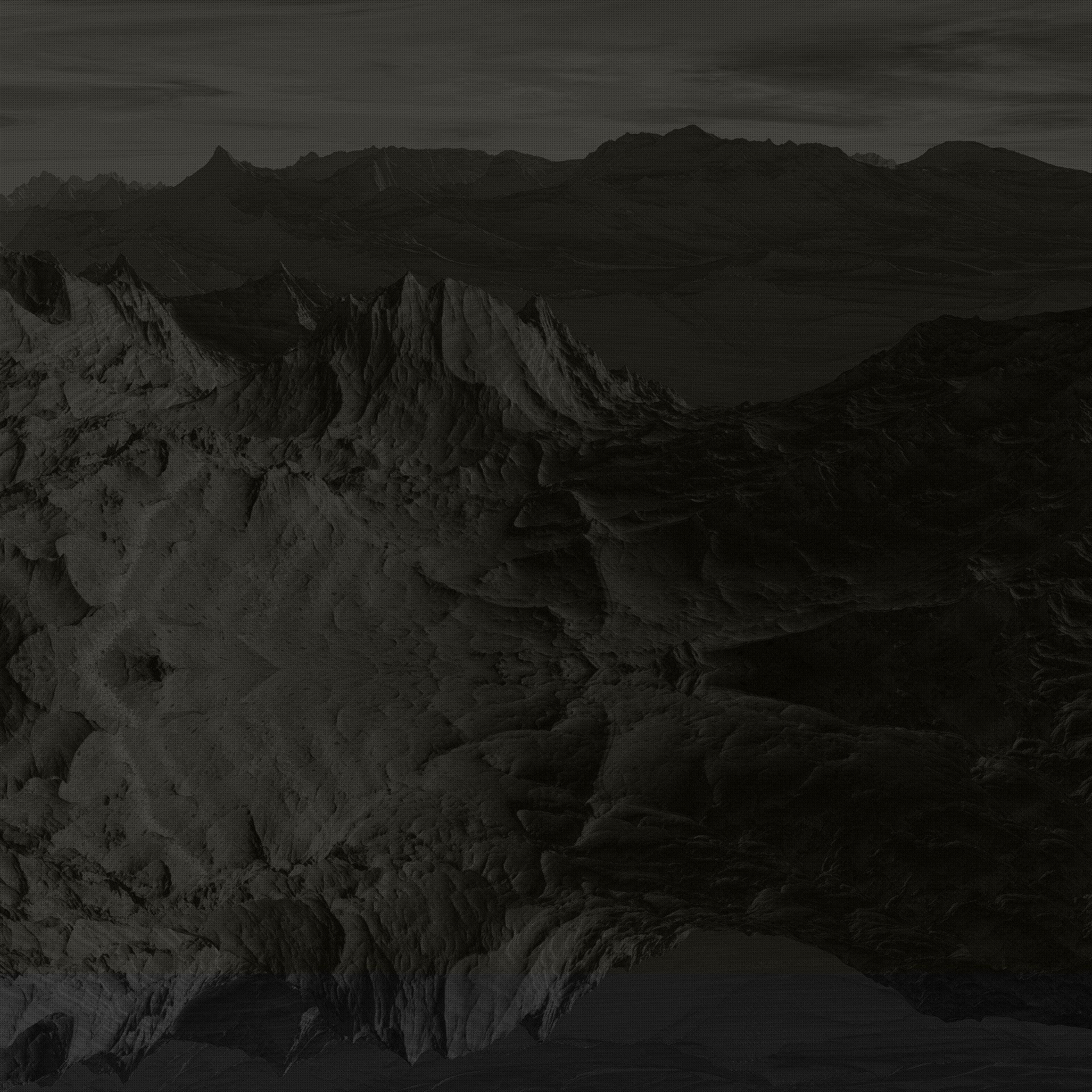Hi there! Welcome to the first post of my blog :) I´ve always wanted to organize aaaaall the notes of cinema, cameras, edition, layout and animation that I´ve been creating during all these years in a same place and...here I am making it a reality!
I hope that this information would be useful to you and that we learn together this beautiful work that is being a layout artist. Let´s go!
Download the information of this post in .pdf:
Where to cut, what motivates that cut, how to edit so that precise and invisible transitions are built and how to organize the scene are key fundamentals of editing that, at the same time, come in handy for being a layout artist. Understanding the gears of the audiovisual piece and having notions of editing will help us make a much more polished previs sequence.
Let's see, in summary, the five essential notions of editing to be a layout artist through examples from the movie Matrix and others:
1- The invisible cut
Where should we cut between one shot and another so that the cut goes as unnoticed as possible? There are several techniques:
Mid-motion cut. It's always a good idea to cut in the middle of a movement (for example, a character gets up from the chair, an object rolls into shot, someone turns...). Remember that, to be fluid, we must cut in the middle of the movement, not before or after.
Around min 3:00

Cut with insert. Having resource shots to make inserts between actions is essential to create continuity. Many times it is what gets you out of a jam in the editing process. For example, if a shot is too long or if we have no way to connect it to another shot from a different perspective.

Check the scene in youtube:
Cut in dialogues. When it comes to a dialogue scene between two or more characters, it is very interesting to apply the cuts respecting the internal narrative of the scene, what is being communicated, who is in control of the situation and how, and alternating listening shots with speaking shots.

Cut to black. This is a common editing style, especially used in sequence shots to cover up the cut. It is also very natural for moving from one scene to another. We connect one shot with another by means of a fade to black, often with the help of elements that appears in the shot, such as a black jacket or the pupil of an eye.

2- what motivates the cut?
Why did we decide to cut this shot here and not a little later? What motivates that cut? Do we want to see someone's reaction, focus on another point of view, make the viewer notice something new?
The editing cuts, as well as the fades, overlaps and other tricks have a reason and a narrative sense. Cutting without stopping to think about why we're doing it that way, can lead to a design or edit that's too basic, poorly edited and that doesn't have a strong narrative foundation. In addition to that, We can mislead the viewer and generate inconsistencies between the editing style and the story, as in the example that we will see below (point 3. Speed).
3- SPEED
The speed of the editing and the story must go hand in hand. Just like the camera shot that we choose depending on what is happening in the story, it is very important to edit taking into account the narrative and the internal rhythms of the story, which will naturally ask for one editing speed or another. I'll give you an example of editing which the speed and the story are well balanced, and another example in which this symbiosis is not achieved so well and the final product is, therefore, confusing.
Scene "The death of Sonny". The Godfather.

Rue´s death scene. "The Hunger Games"
We are now going to see another example, also of drama and related to the death of a character. On this occasion, the speed of the editing and the camera movements do not correspond effectively to the speed of the narration, which is slow, deliberate, solemn.
Katniss runs into the forest because she has heard the screams of Rue, who is trapped. The camera is fast, with abrupt movements and short shots, which corresponds quite well to the plot. We are in a moment of anguish, she has to help Rue. She manages to set her free and they embrace when someone appears from behind and shoots Rue.
We will analyze from this point on:



And now we are going to put together Rue and Katniss shots:

What do you notice when we organize them this way? A chaos of perspectives, points of view, axis jumps, frame sizes and even character position is generated. The shots are very short, fast andit varies the composition and the point of view too much, in addition to continually jumping the axis. This example shows that sometimes less is more, that taking only a perspective, leaving the camera more stable and creating longer shots would have resulted in a better constructed drama scene and, above all, less confusing.

The line of sight (where the characters are looking) is a good indicator of the shot's composition and whether it is well constructed. If there are many axis jumps, the perspectives vary all the time or the lenses and the composition of the shots are very different from one another, it is possible that the scene is not well done. In addition to the fact that it will be more difficult for the viewer to place the characters in space.
4- 30º LAW AND 180º LAW
These two well-known laws of film cameras are going to provide us with solid foundations on how to build our sequence without misleading the viewer.
30º Law.
When we have two consecutive shots of the same person, the camera must move more than 30º between one and the other. If the camera changes position less than 30º, the change will not be substantial and we will make the viewer confused.

180º law.
We draw an imaginary axis that connects the characters' gaze and indicates where they are looking. It can be between one character and another while they talk, a character just doing something, a giant group of people or animals interacting...

The camera will then move in the semicircle where we place the first camera position, and will not go to the other side to avoid an axis jump. Some accepted ways to switch to the other semicircle without creating confussion are: make a shot above the axis to go to the other side, add an insert of a detail shot and then go to the next semicircle, or move the camera in a continuous shot to go from one to another directly, without cuts.
5- DECOMPRESSION SHOT
It is a shot where the speed of the characters, the camera movements or the general energy of the action (or everything at the same time) varies in relation to the rest of the shots in the scene. Its purpose is to give the viewer a break while generating an engaging element so that they continue giving us their attention. As its name indicates, it decompresses the general speed of that particular sequence, to pick it up again with the next shot.
An example would be Randall's chase after Mike and Sully in Monsters Inc. The cutscene plays out as they follow Boo's door into the company's large gated warehouse. Several quick shots in a row create that sense of speed while standing on one of the doors. The camera moves from here to there creating dynamism, until it reaches the shot of the house in what looks like Hawaii. They have entered one of the doors, the camera remains steady and, together with the absence of characters, the relaxed music and the composition of the shot, it transports us to a different state. It only lasts a few seconds until the main characters appear again, but it already generates that feeling of decompression in the action scene.



Comments